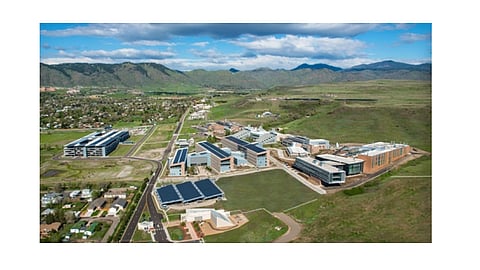

The residential solar rooftop potential of low-to-moderate income (LMI) households in the US is as large as 320 GW. A report from the US National Renewable Energy Laboratory (NREL) says that rooftop solar is mostly concentrated in higher income households, but it is the LMI that holds considerable promise.
The 'Rooftop Solar Technical Potential for Low-to-Moderate Income Households in the United States' report was released after a 3-year research on the subject and was funded by the Department of Energy's Solar Energy Evolution and Diffusion Studies (SEEDS) program.
The 320 GW potential is 30 times the 10.6 GW capacity the US installed in 2017 (see US Adds Only 10.6 GW In 2017).
NREL's report identifies LMI households as those earning 80% or less than the median income. Such households account for 43% of the total US population. This segment is lagging in terms of adoption of rooftop solar, which has otherwise increased over the past decade. People in this the LMI 'category' live in single-family homes, rented accommodations and multi-family buildings. At least 60% of this residential potential is available for rented accommodations and multi-family buildings. Then there are community buildings, places of worship, schools, government buildings, etc., that can be used to install oversized solar arrays to supply clean energy to nearby buildings.
The authors point out that high-population states, such as Illinois, Ohio, Florida, Pennsylvania and Texas have high technical potential, especially since solar deployment is not very high so far.
The opportunity is huge, but comes with its set of challenges. There are regulatory and economic barriers that need to be addressed since the parties living in these buildings are not always the rooftop owners. Easy access to capital or even credit is a challenge for this income group. This lack of financing options along with the need to educate and engage this group of potential solar customers needs to be tackled with innovative marketing approaches and friendly policy environment, suggest the authors of the report.
